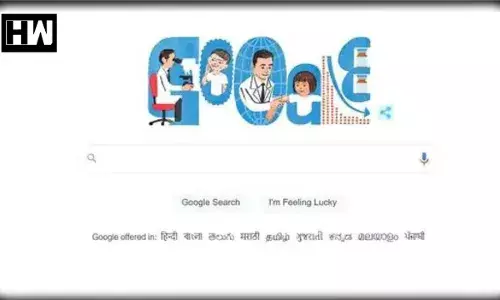New Delhi: Google pays tribute to Japanese Virologist Dr. Michiaki Takahashi on February 17by Doodle artwork . He was the inventor of the first vaccine against Chickenpox. His vaccine is an effective measure to prevent severe cases of contagious viral disease and its transmission and has been administered to millions of children around the world.
Since invented, his vaccine has been taken by millions of people around the globe.
Today’s Google Doodle has been illustrated by Japan-based guest artist Tatsuro Kiuchi. Sharing his thoughts behind the making of this Doodle, Tatsuro Kiuchi said he was able to learn that vaccines can overcome a highly contagious disease and change the world.
Born in 1928 in Osaka, Japan, Michiaki Takahashi earned his medical degree from Osaka University and joined the Research Institute for Microbial Disease, Osaka University in 1959. After studying measles and polio viruses, Dr Takahashi accepted a research fellowship in 1963 at Baylor College in the United States. During this time, his son developed chickenpox, which made him turn his expertise into combating the highly transmissible disease.
After returning to Japan in 1965, Dr. Takahashi began culturing live but weakened chickenpox viruses in animal and human tissue. In five years, the vaccine was ready for clinical trials. In 1974, Dr. Takahashi had developed the first vaccine targeting the varicella virus that causes chickenpox. It was subsequently subjected to rigorous research with immunosuppressed patients and was proven to be extremely effective.
Takahashi’s vaccine was then used in over 80 countries. In 1994, he was appointed the director of Osaka University’s Microbial Disease Study Group, a position he held until his retirement. Thanks to his innovations, millions of cases of chickenpox are prevented each year.
As an independent media platform, we do not take advertisements from governments and corporate houses. It is you, our readers, who have supported us on our journey to do honest and unbiased journalism. Please contribute, so that we can continue to do the same in future.

